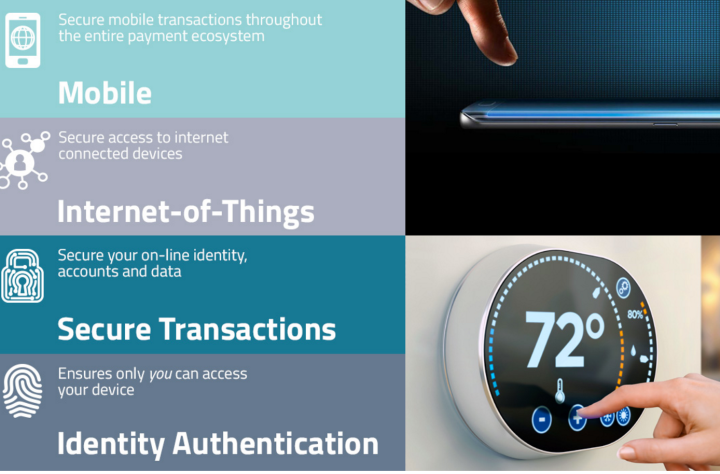
As the cloud and the number of Internet-connected devices grows ever larger and more inundated by your data, your neighbor’s data, your government’s data, and beyond, reliable security is of paramount importance. In the next five years, it has been estimated that there will be more than 25 billion Internet-enabled devices, and already, over a quarter of web transactions are made via mobile devices. But as we grow more connected, we also seem to grow more vulnerable — we clearly can’t pick (or remember) passwords, and while having a biometric system in place is certainly a step up, getting locked out of your phone because your fingers are dirty or sweaty is a near everyday occurrence (or is that just me?).
But perhaps a solution has finally arrived.
Described as the most advanced ultrasound biometric authenticator module for the Internet of Things and mobile devices, SonicTouch is an embeddable fingerprint sensor capable of integration with anything from your smartphone to your key fob to your home safe. Because it’s a full-stack solution, you can add it onto any existing device without having to take anything apart or fundamentally change its design. Of course, you could also introduce SonicTouch as a standalone security system that serves as an added layer of safety to your smart home.
By binding directly to a device’s protective glass, SonicTouch eliminates the need for any sort of etching, which could otherwise damage a smartphone or other gadget. This, Sonavation notes, maintains the “full strength of the glass … a critical element to reducing device costs while providing a positive end-user experience.” A potential game changer for manufacturers, SonicTouch uses ultrasound in order to authenticate a fingerprint.
FIDO compliant and complete with upgradable anti-spoofing and Level 3+ matching systems, SonicTouch is made even more secure by the fact that your fingerprint never leaves the device for the cloud in order to be authenticated — everything stays native, using an algorithm and microprocessor for “open sesame.”
“The digital and connected world is at our doorstep and is already beginning to touch every aspect of life,” said Karl Weintz, Sonavation CEO. “The ultra-thin SonicTouch is the comprehensive advancement that will enable the most secure authentication solution for manufacturers.”
There’s no word yet on when the technology will become widely available, but already, the company notes that it is working with three “global tier one” manufacturers in order to add the SonicTouch technology to upcoming devices. And with a developer program scheduled for the beginning of 2016, a lucky few may be able to explore SonicTouch’s capacities first hand.
Editors' Recommendations
- Keymander Nexus is a handy KVM switch for all your gaming devices
- The Arlo Security System brings all-in-one functionality thanks to its multisensor
- Your Dell laptop might have a security vulnerability. Here’s how to fix it.
- How to secure your Wi-Fi network
- How to increase your privacy and security in Zoom


